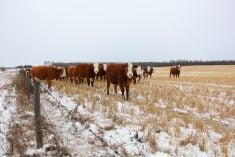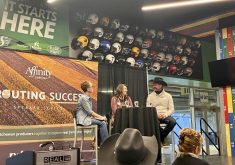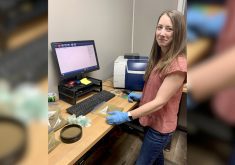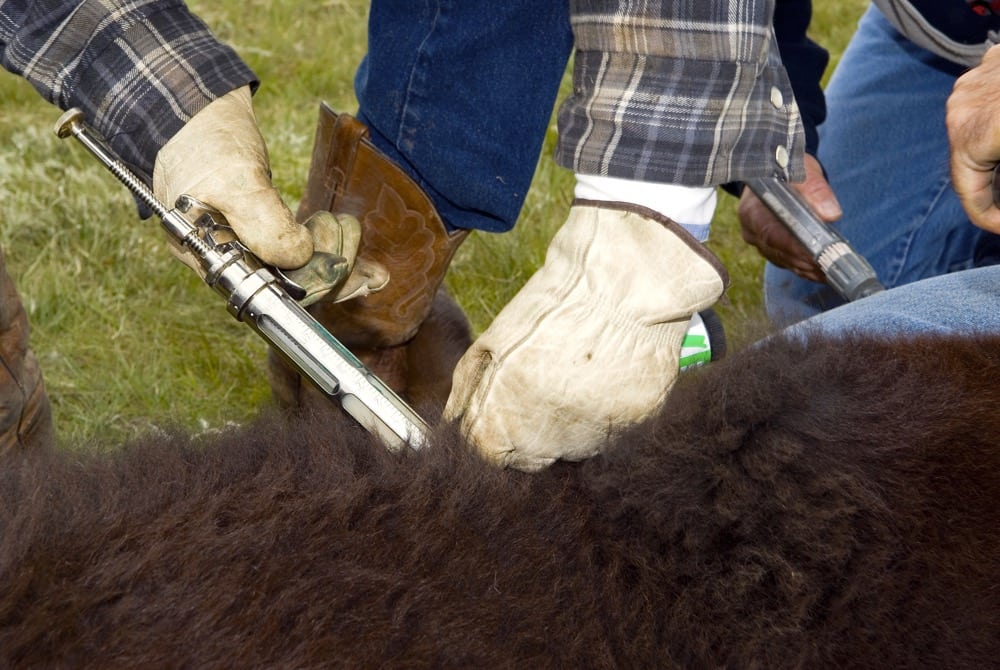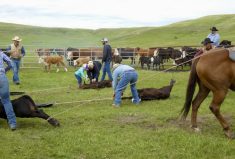Canada’s ability to rapidly respond to emerging human and animal diseases was given a $59.2 million shot in the arm last fall in the federal budget, due to the pandemic.
The funding is going to the University of Saskatchewan’s Vaccine and Infectious Disease Organization (VIDO). It, combined with $15 million from the province, $250,000 from Saskatoon and private donations, will be used to develop vaccine candidates and new infrastructure including upgraded facilities for animals.
Throughout the pandemic, VIDO has had to focus on human health and developing a COVID-19 vaccine. In late June, VIDO, which will also become the national centre for pandemic research, announced that interim data from clinical trials had the candidate COVAC-2 vaccine showing positive results.
Read Also
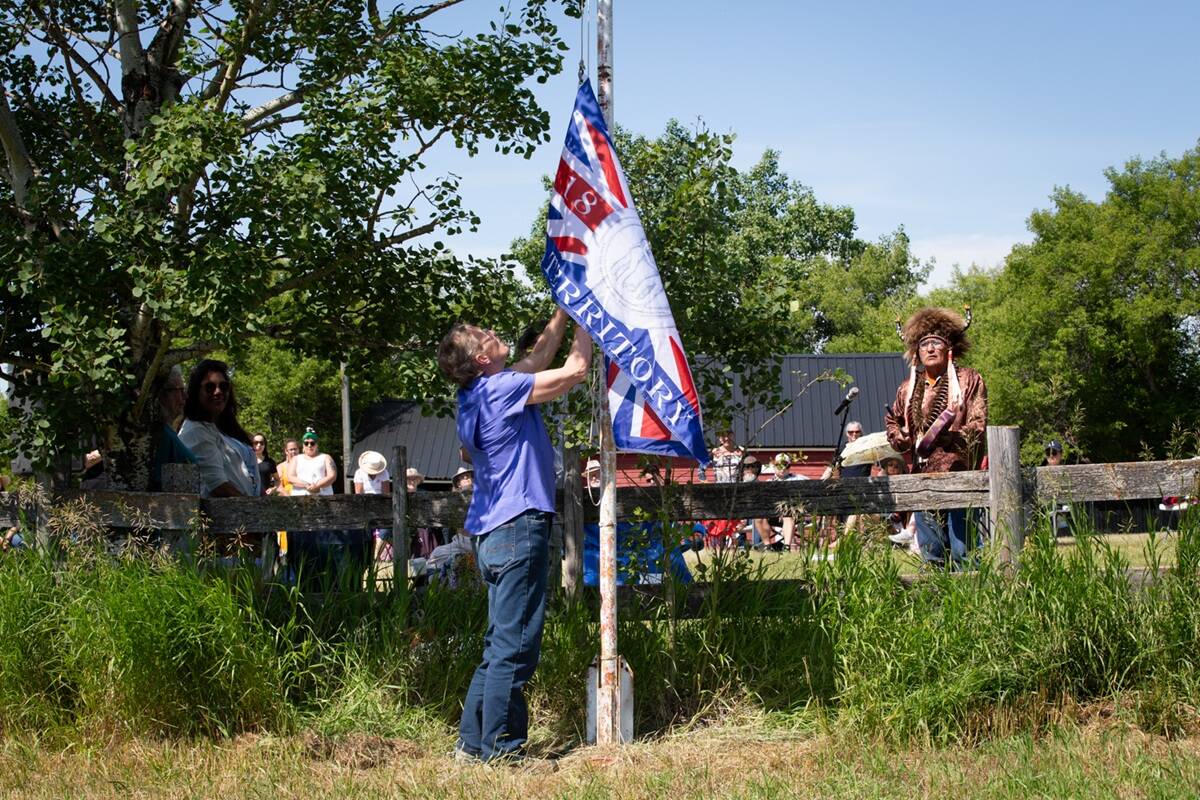
Treaty Land Sharing Network expands reach in Saskatchewan and Alberta
The Treaty Land Sharing Network, which connects land holders with First Nations and Metis people, has expanded since it began in 2018
While humans have been front and centre recently, director and CEO Dr. Volker Gerdts says working for the livestock industry will also be a priority.
“Our roots are in livestock research and that’s where we see our future going as well,” he says, pointing out that the VIDO’s board chair is Ryan Thompson, a Saskatchewan beef producer, and its vice-chair is Amy Cronin, an Ontario hog, chicken and cash crop producer and business owner.
Gerdts says that about 10 per cent of the facility’s containment space will be upgraded to a Level Four bio-safety designation. That’s the highest level, allowing VIDO to deal with any pathogen that might arise or re-emerge in the future. VIDO is only the second centre in Canada to achieve this level — the National Microbiology Laboratory in Winnipeg is the other one.
They’re also leveraging more than $225 million for specialized infrastructure and a bio-manufacturing facility that’s expected to be finished in the fall of 2021 and commissioned in summer 2022.
“This will allow us to rapidly proceed from preclinical research to clinical trials and then to the manufacturing and development of new technology to respond to either emerging or re-emerging disease,” he says.
Connecting animal and human health
“VIDO was working on developing a coronavirus vaccine for use in pigs to protect against the PED (porcine epidemic diarrhea) virus and that experience allowed us to move quickly to develop a coronavirus vaccine for humans,” says Dr. Andrew Van Kessel, VIDO’s associate director of research. He adds that there are clear connections between animal and human infectious diseases.

Van Kessel says he will be working on re-visiting VIDO’s research priorities, now that Canada is coming out of the pandemic and with the recent improvements to the facility.
“It makes sense now to determine where we are and where we need to be in the next five years,” he says.
He’s looking at what the pandemic taught them. One of the keys is a focus on emerging diseases of humans and those of economic and animal welfare importance in livestock, not only in Canada but globally.
“We’re asking what’s the best structure and strategies to rapidly get from identifying pathogens to vaccine candidates, screening those candidates and finding the most effective ones for commercial use,” he says.
Among the areas he’ll be examining are recruiting the best experts and implementing the best technologies.
VIDO is also reaching out to the livestock industry for its input into these priorities.
“We want to be as responsive as possible to problems that the industry has — a new vaccine, or an update or a new technology,” says Gerdts. “We are here for the industry.”
Early in the COVID-19 pandemic, he says that they received a lot of calls from farmers and ranchers worried about their cattle’s susceptibility to the disease.
One thing they want to set up once the pandemic is over, Gerdts says, are conferences at which they’ll invite global experts and focus on specific topics to provide first-hand information to ranchers about diseases, prevention and responses.
Gerdts says that, as a result of the new facilities, they’ll be adding between 50 and 70 staff, including specialized workers for the manufacturing and animal facilities, and laboratory technicians. He says that they’re currently trying to “attract the world’s best minds to Saskatoon.”
“With these changes, we have a unique opportunity to do that — because we’ll have everything from early discovery all the way to manufacturing,” he says, adding that it will help attract the world’s best researchers. As of early July, they had recruited four outstanding new scientists in the previous six months and were planning for 11 more over the next five years.
Lessons learned from COVID
He hopes that people won’t forget that research provides quick answers early on in the process.
“You also have to have prevention strategies and therapeutic strategies — whether it’s a vaccine or an anti-viral — so you need places like VIDO to be able to provide proof of concepts with animal trials,” he says, adding that with livestock disease, VIDO can do the smaller trials so they can be taken into the field.
He points out that almost all the therapeutics for COVID-19 in Canada were first tested on the animals at VIDO.
“From early discovery to the clinical phase is where VIDO can make a huge difference,” he says.
Van Kessel says that what’s needed to address a pandemic is investments in infrastructure and people — scientists, graduate students, PhDs and post-docs included.
“We can’t be in a place on either the human or the animal side where we don’t have the capacity to respond quickly,” he says.
“Among the various organizations across the country, we tried our best at the beginning of the pandemic, but didn’t contribute much, unfortunately — so we need to build it up,” Gerdts says. He uses the analogy of having fire departments and firefighters ready and available when a fire does erupt.
Finally, Gerdts says that any livestock organization that wants to find out what VIDO can do for them can reach out to either him or Van Kessel.
“Let us know what your issues are.”
Lois Harris is an experienced Ontario freelance writer and editor working in the agriculture and food industry.



